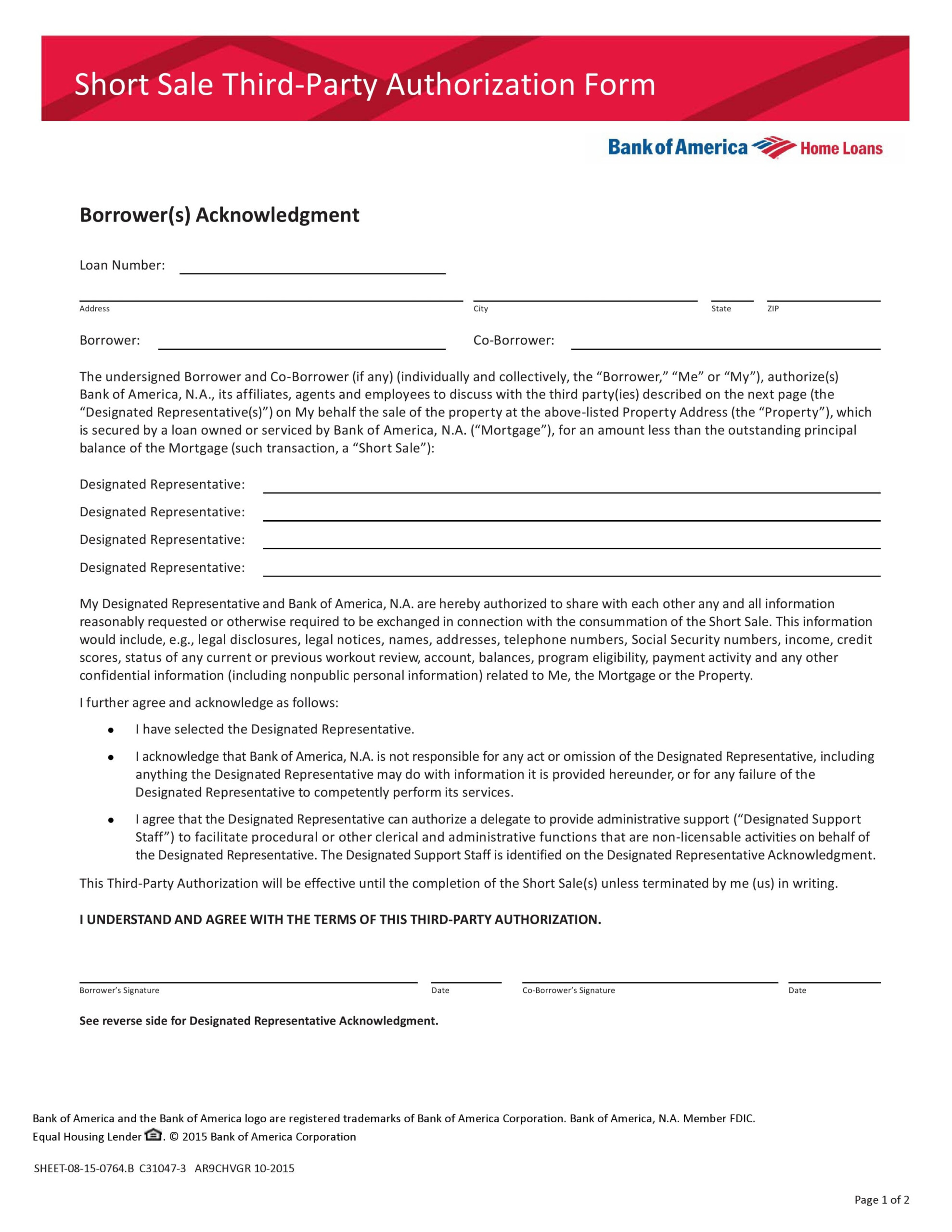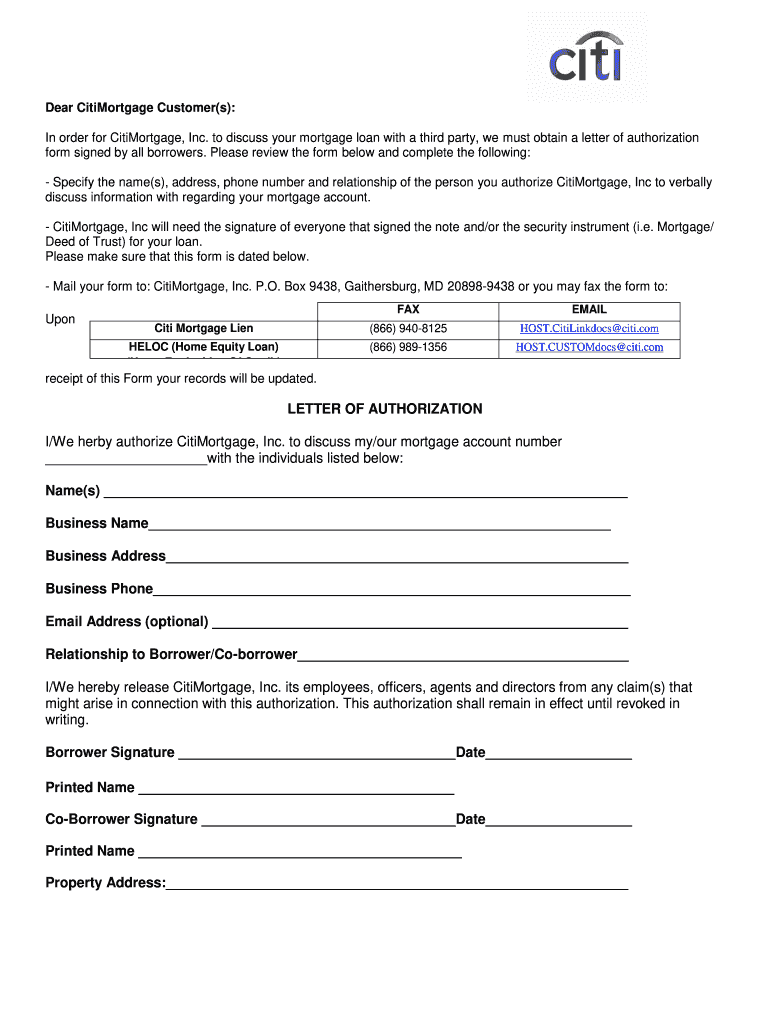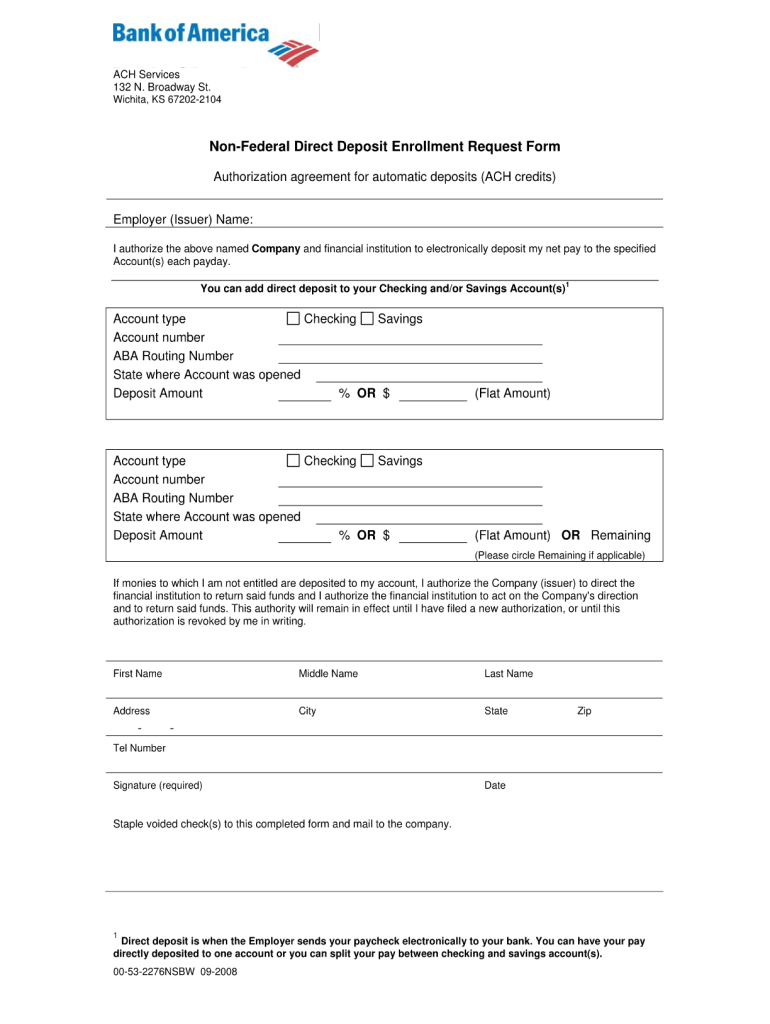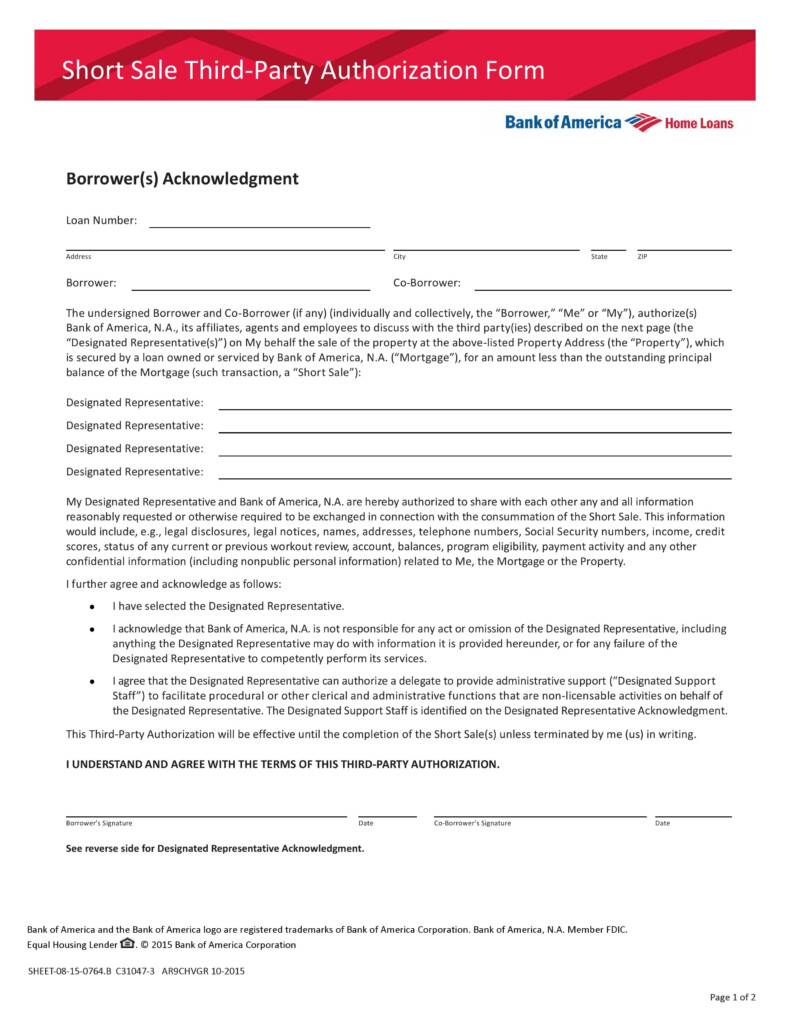Boa Authorization Form – A legally-binding authorization form grants the right to perform specific actions, like getting access to personal information as well as medical treatments or financial transactions. It’s essential to create an easy and clear authorization form that is written in English to ensure all participants are aware of their rights and responsibilities.
Authorization forms What are they? And what do you need to know about them?
These forms are crucial for protecting privacy and rights. They’re used to seek consent from the person granting authorization and to ensure a clear understanding among all participants. An appropriately designed authorization form will aid in avoiding legal disputes and ensure an easy procedure.
Data Protection
When you create an authorization form it is essential to comply with all legal obligations. This includes the data protection laws. The laws can vary depending the location you reside in and so it is recommended to seek out a legal professional to ensure that the forms meets the standards required. Additionally, implementing strict data protection measures can help safeguard the privacy of the individuals involved.
Best Practices in Creating Authorization Forms
- Utilize an easy, direct language.
- Make clear the goal: Avoid using broad phrases and specify the exact reason for which the authorization was granted.
- Limit the scope: It is clear what the extent of the authorization, as well as any limitations.
- Include a clause for revocation that gives the grantee the right to cancel their authorization at anytime.
- A signature request is required. Check that the form has a space to allow the grantor’s signature as confirmation of their consent.
Step-by-step guide for creating an Authorization Form
- Begin with a Template
A template can help you save time and ensure that your authorization form has all the essential elements. There are reliable sources of templates for authorization forms, including legal websites or document template sites. Choose a template that is specific to the type of authorization you require, and modify it according to your situation.
- Include your company or organisation’s details
Include the name, address and contact information of your organization at the top of the form. This will enable the form to be recognized as an official document and assists to identify all those that are responsible for the submission.
- Indicate the purpose of the authorization
If the form is to be used for an authorization for medical treatment make sure you specify the specific procedure or the medication that has been approved. For instance when the form is to be used for medical treatment, you must specify the treatment, procedure, or medication to be granted.
- Set a timeframe for the authorization
Set a date for the start and an end date, or an event that triggers the expiration. A clearly defined timeframe protects the rights of the grantor as well as prevents the authorization from being ad-hoc.
- Describe the scope and limits of the authorization
Define the scope of authorization, including limitations or restrictions. For example, if the form is one for financial transactions, indicate the maximum amount that could be transferred, or the kinds of transactions permitted.
- Include a revocation clause
You can give the grantor instructions on how they can cancel authorizations at any time. This could involve sending an unwritten request to the grantor, or filling out an additional form to revoke authorization.
- Gather personal information about the grantor
You should ask for the name, contact details, and address of the person issuing the authorization. This information confirms the authenticity of grantors and gives a contact person with any questions or concerns.
- Include a space to record the grantor’s name and date
Provide a space for the grantor to sign and date their form. This confirms that they agree to the authorisation. The signature area must be clearly visible and include a statement that acknowledges the person signing it has read and comprehended the contents of the form, and has consented to it.
- Include any necessary witness or notary sections
If your area requires a witness or notary public to validate the form, you must include necessary sections for their signatures as well as information. Consult a lawyer to determine whether you have to do this for the particular authorization form.
Conclusion
To safeguard the rights and privacy for all parties, it is vital to craft a well-structured, legally compliant authorization in English. You can create an authorization form which will fulfill its purpose and withstand legal scrutiny, by adhering to the guidelines of this guide. Make sure to consult with your an attorney to ensure that your form complies with all legal requirements for your particular circumstance.






